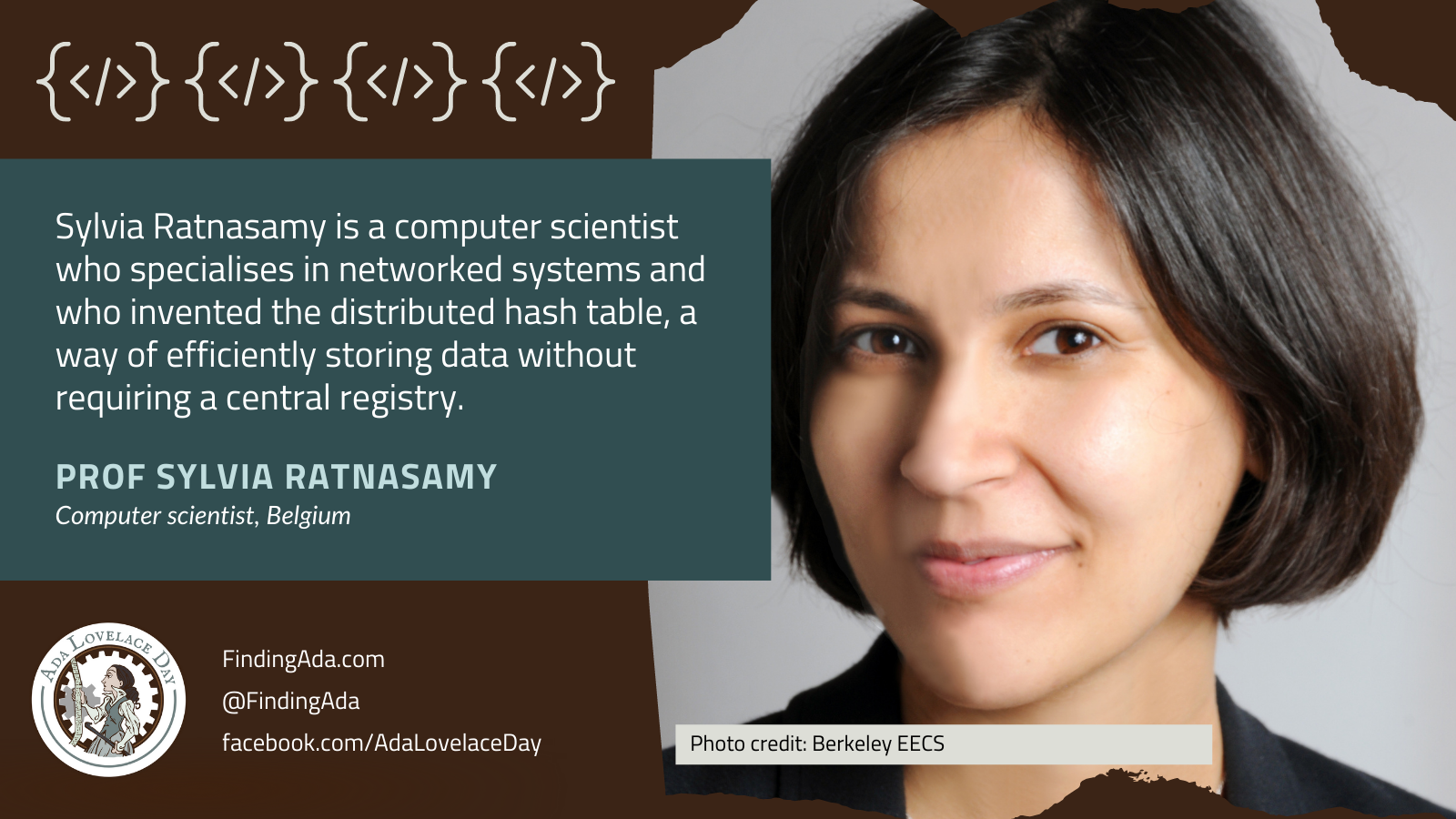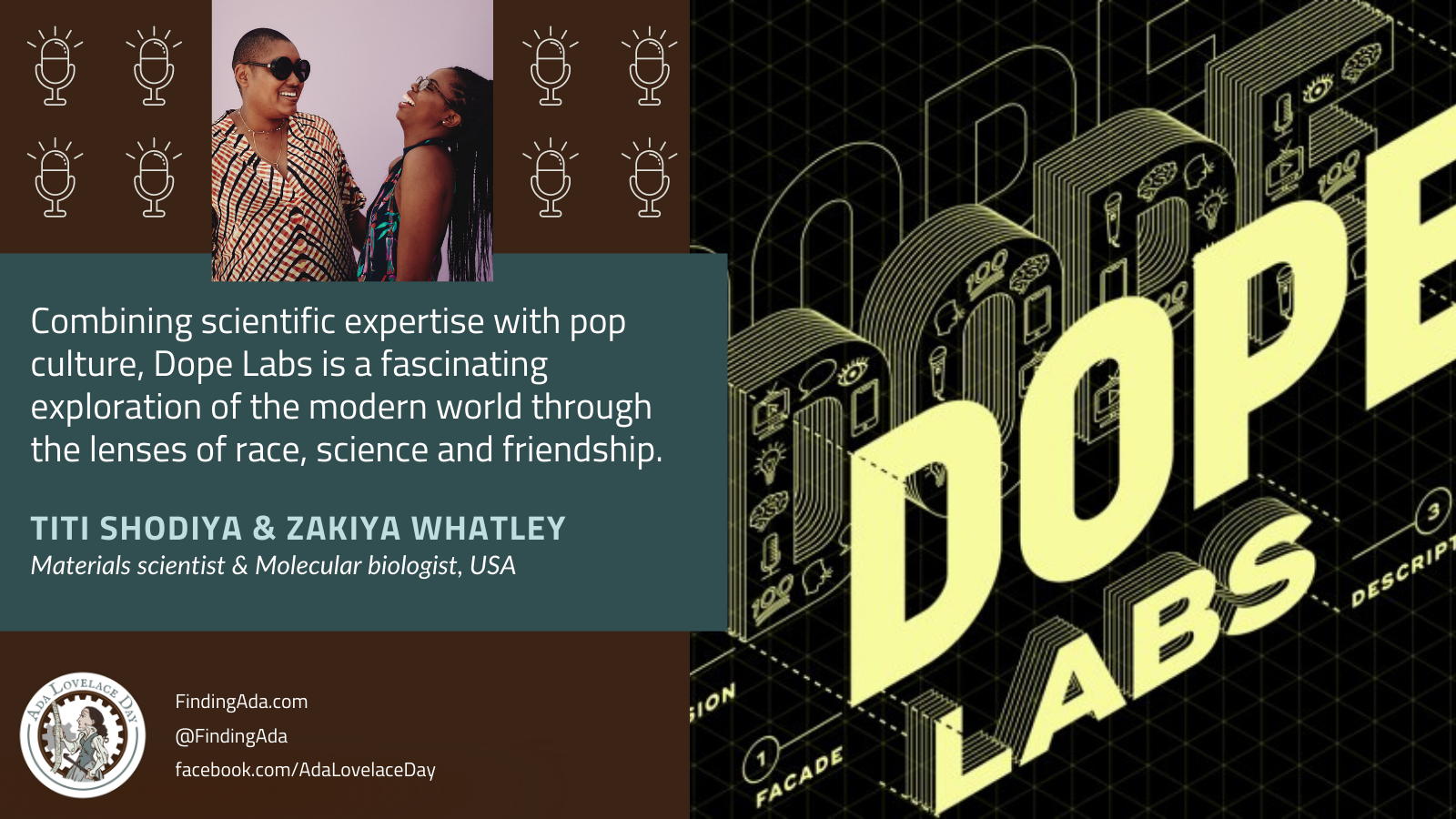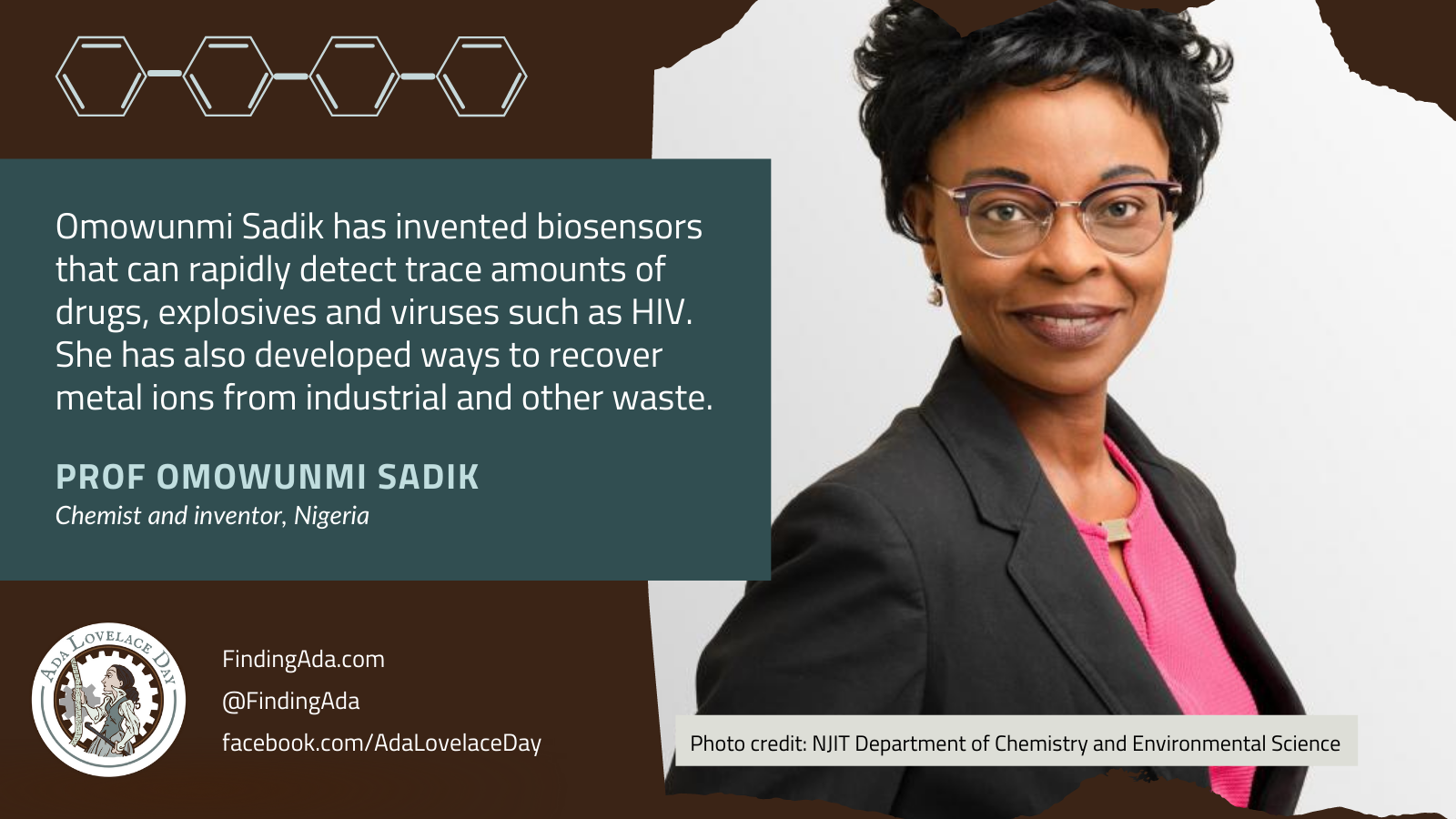Professor Sylvia Ratnasamy
Professor Sylvia Ratnasamy is a computer scientist specializing in networking who invented the distributed hash table, a way of efficiently storing data without requiring a central registry.
In her 2001 paper, “A Scalable, Content-Addressable Network”, Ratnasamy became the first person to define a scalable design for distributed hash tables (DHT), an essential element in large-scale distributed and peer-to-peer computing systems. Her paper is currently one of the most cited in the recent history of computer science.
DHTs optimise data storage across several locations or even geographies by splitting data into objects, and they are now used in many distributed datacenters and by cloud service providers. DHTs enables large enterprises, including big tech companies like Apple, Google and Facebook, to efficiently manage and distribute data in storage systems across the globe, while making it rapidly accessible wherever necessary. Without DHTs, today’s cloud services, file sharing services and social networks would be much more complex.
Ratnasamy’s later work improved scalability for peer-to-peer applications such as file-sharing and developed more effective connection topologies for DHTs. She also introduced OpenDHT, a public DHT service that makes it possible for any organisation to easily and quickly build their own distributed systems.
Ratnasamy is a professor at Berkeley University, where her research is in operating systems & networking. She was named one of IEEE’s N² Women: Star in Computer Networking and Communications in 2019, and was given ACM Grace Murray Hopper Award in 2014.
You can follow her work here:
Website: eecs.berkeley.edu/Faculty/Homepages/ratnasamy.html
Further reading
- Sylvia Ratnasamy, Wikipedia
- Sylvia Ratnasamy, Association for Computing Machinery, 2014
- 2019 stars in computer networking and communications, N2Women


